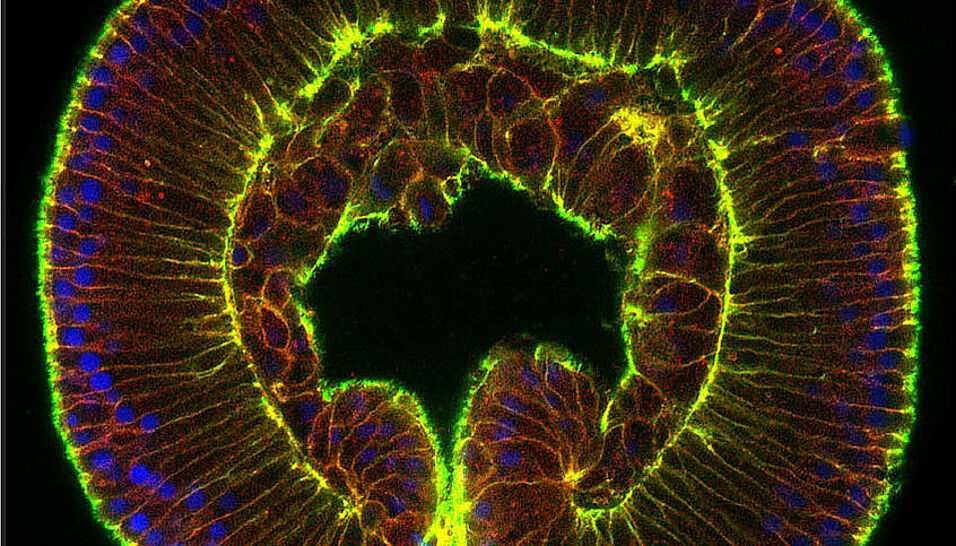This question concerns scientists for more than a century. Through the investigation of the embryonic development of sea anemones, a very old animal lineage, researchers from the University of Vienna have now come to conclusions which challenge the 150 year-old hypothesis of the homology (common evolutionary origin) of the germ layers that form all later organs and tissues.
According to a 150 year-old hypothesis, all tissues and organs in our body derive from one of three germ layers that are established during early embryogenesis. This "germ layer hypothesis" states that skin and nervous system derive from the outer ectoderm layer, the gut and some inner organs, like the pancreas, derive from the inner endoderm layer, while muscles and gonads stem from the middle layer, the mesoderm. Early on, researchers noted a fundamental difference in the number of germ layers in different animal groups. While most animals, like humans, insects and worms, develop from three germ layers, the cnidarians (corals, sea anemones or jellyfish) lack the intermediate layer and present only two cell layers during development and throughout life. The emergence of mesoderm as the third intermediate germ layer is considered a key event during the evolution of complex animals. So far, however, it was controversial how mesoderm has evolved, and how the two cnidarian germ layers relate to the three layers in most other animals. A new publication from the laboratory of Ulrich Technau at the Department for Molecular Evolution and Development of the University of Vienna presents a fundamentally new view of the evolution of germ layers. [read more]
Steinmetz, P.R.H., Aman, A., Kraus, J.E.M., Technau, U. Gut-like ectodermal tissue in a sea anemone challenges germ layer homology. Nature Ecology & Evolution DOI: 10.1038/s41559-017-0285-5.

